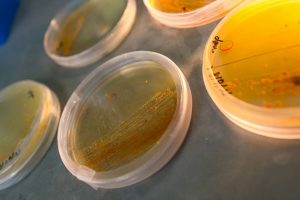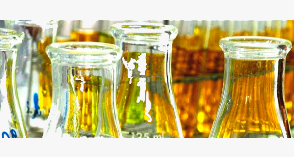How a marine molecule is transformed into an effective cancer treatment
Biología, ciencia, Innovación, Research and Innovation
cáncer, Investigación, molécula marina, tratamiento
28 March 2022
A research team from the Scripps Institution of Oceanography at UC San Diego (USA) has discovered for the first time the enzymatic process that activates the molecule salinosporamide A (also called Marizomb), from a marine microorganism, which is currently in phase III clinical trials for the treatment of brain cancer.
The study, published in Nature Chemical Biology, describes the assembly process of what the researchers call the anticancer ‘warhead’ of salinosporamide A, by an enzyme called SaIC. The team managed to decipher the molecular structure of SaIC using a powerful particle accelerator that generates X-ray light, the Advanced Light Source.
Our study solves a nearly 20-year-old puzzle about how this marine bacterium makes the warhead, which is unique to the salinosporamide molecule, and opens the door for future biotechnology to make new anticancer agents”. Katherine Bauman, lead study author.
According to Bradley Moore, co-author of the study, knowing this mechanism “could be used in the future to use the enzymes in the production of other types of salinosporamides capable of attacking not only cancer, but also diseases of the immune system and infections caused by parasites.”
Font: Fuente: K. Bauman, Bradley Moore et al “Enzymatic assembly of the salinosporamide γ-lactam-β-lactone anticancer warhead”. Nature Chemical Biology (marzo, 2022)

